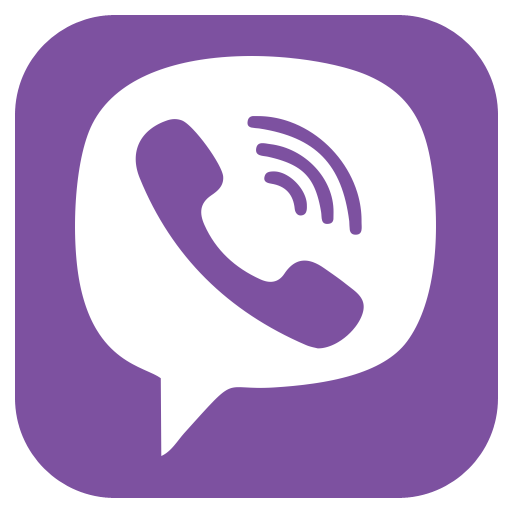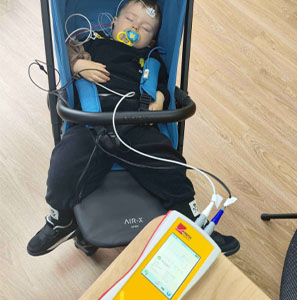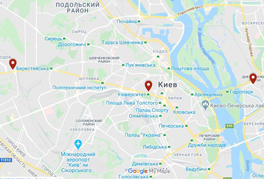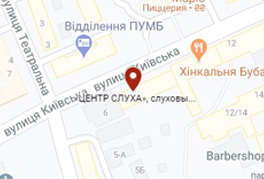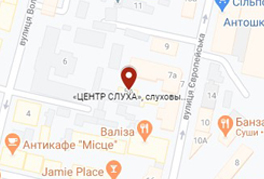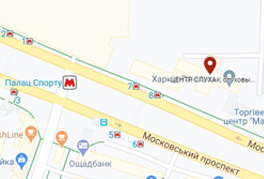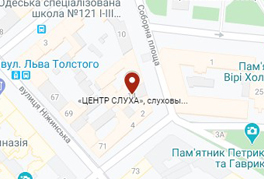What is ABR and what is it used for?
Definition and Essence of KSVP
Short-latency auditory evoked potentials (KSVP) are a modern, objective method used to assess the condition of the auditory nerve and central auditory pathways. It allows precise determination of how a sound signal travels from the outer ear to the brain. This hearing examination is especially important for patients who cannot actively participate in testing—for example, newborns or people with limited abilities.
KSVP is used for early diagnosis of hearing impairments when standard tests do not provide a complete picture. By recording electrical impulses that occur in response to a sound stimulus, the doctor obtains information about the functioning of the auditory system. This makes it possible to detect even hidden forms of sensorineural hearing loss or nerve conduction damage.
The method helps determine at which level the signal transmission disruption occurs. If the auditory nerve is affected, KSVP shows this in the form of distorted or weakened waves. The examination is completely safe and painless.
The campaign Center of Hearing uses this method in combination with other types of diagnostics. This allows obtaining an accurate picture of the patient’s hearing and, if necessary, selecting the optimal treatment or correction option.
How KSVP Examination Is Performed
The KSVP test is conducted in a comfortable and calm environment. The patient is positioned comfortably, usually lying down. Small electrodes are attached to the scalp and behind the ears to record electrical impulses generated in response to sounds delivered through headphones. In this way, the auditory nerves and the entire sound transmission chain are checked.
Preparation for KSVP is minimal: the patient should come rested, without applying creams or cosmetics to the head, and be well-rested before the procedure. The examination lasts about 30–60 minutes, does not require patient participation, and is suitable even for children.
Stages and Advantages of KSVP
The procedure includes several stages:
-
preparation of the skin and electrode placement;
-
delivery of sound stimuli of different frequencies;
-
recording the nervous system’s responses;
-
analysis and interpretation of KSVP results by a specialist.
The main advantages of the method:
-
high accuracy in diagnosing auditory pathways;
-
the ability to detect disorders at early stages;
-
complete safety and painless procedure;
-
objectivity — no patient participation is required.
KSVP is considered one of the most reliable methods for detecting hearing disorders. Its results help accurately determine the level of impairment and the degree of hearing loss.
Why KSVP Is Prescribed and What the Results Show
Indications for KSVP include suspected congenital or acquired hearing loss, evaluation of treatment effectiveness, post-surgical control, and diagnosis of disorders related to auditory pathways. The test is also prescribed when auditory nerve damage is suspected, and standard audiometric tests do not provide accurate data.
KSVP results allow the doctor to assess how correctly the sound signal passes through all links of the auditory system. In normal hearing, clear waves of a certain amplitude and frequency are registered. If the waves are altered or absent, this indicates a pathology.
The interpretation of KSVP results is carried out by an experienced audiologist. It helps determine the location of the disorder — in the outer ear, middle ear, auditory nerve, or at the brain level. This allows selecting the optimal treatment strategy.
Why KSVP is prescribed is a question often asked by parents of young patients. The answer is simple: it is the only completely objective method that allows testing a child’s hearing without their participation. The campaign Center of Hearing conducts such examinations using modern equipment, ensuring accuracy, reliability, and patient comfort.

